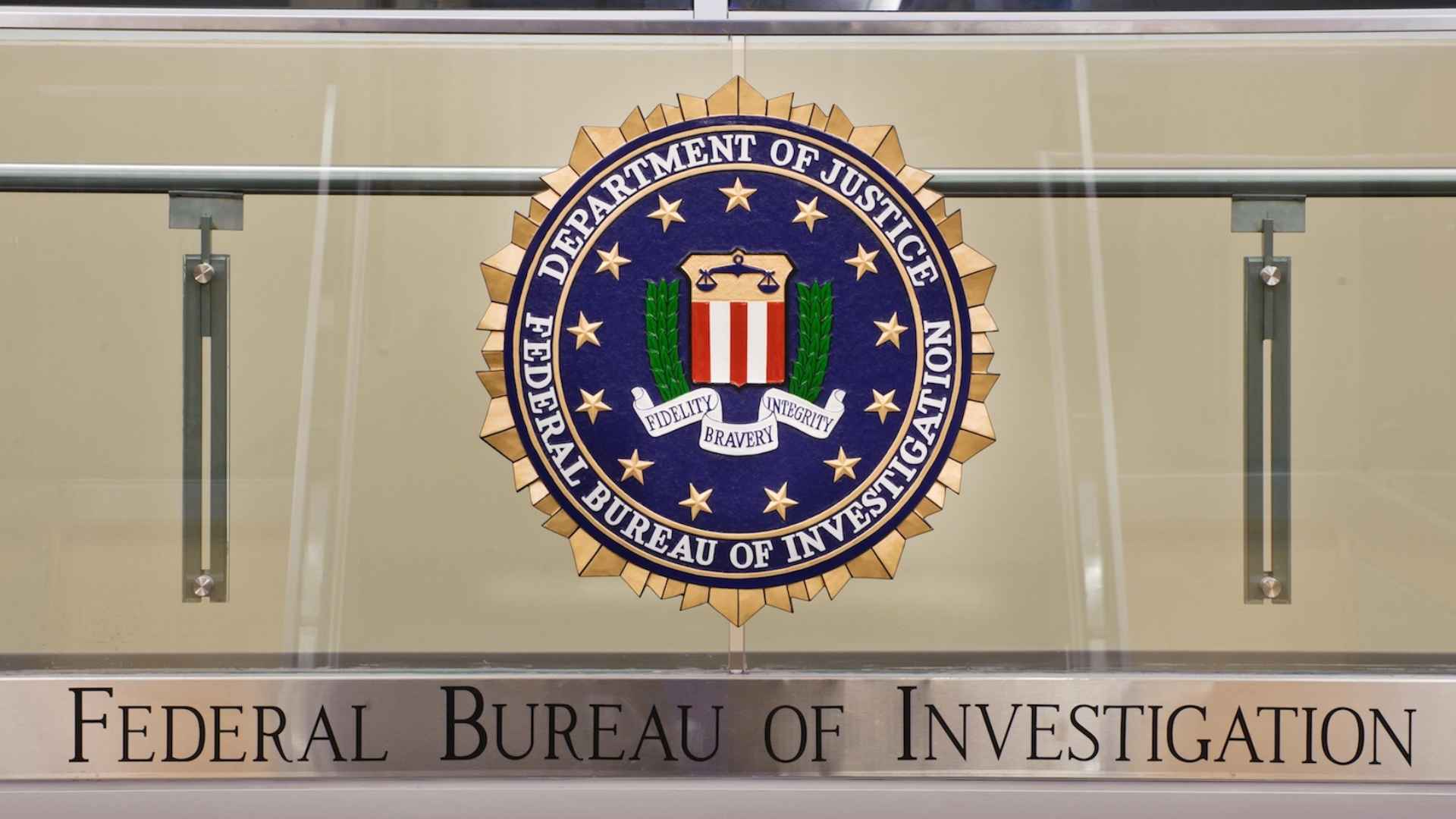Cybercriminals impersonating banks and federal agencies pressure victims to download remote‑access tools that funnel money straight to crooks.
Americans are once again on alert after the FBI flagged a surge in so‑called “phantom hacker” schemes that begin with an unexpected text, email, or phone call. Anyone who follows the caller’s instructions to install an app risks watching their balance drain into a criminal’s account within minutes.
Who is most at risk? Virtually anyone who answers a tech‑support text, but older adults and recent scam victims remain prime targets. Act fast—deadlines invented by scammers (“move funds in the next ten minutes!”) are designed to make you panic.
Why the phantom hacker scam escalates and how it empties your account without raising alarms
The con unfolds in three tight steps. First, a frightening alert claims a hacker has breached one of your devices. Next, a “support agent” persuades you to install a remote‑access app for a quick fix. Finally, while you view your accounts, the crooks see the same screen and shepherd your cash to a “safe” wallet they control. Sound familiar? Then hang up. Theses are the Red flags that should stop you in your tracks
- An unsolicited message urging “urgent” action.
- Requests to keep the call open while you move funds.
- Instructions to install any software you did not seek out.
Here a smple steps every bank customer can follow to shut scammers down fast before money vanishes: Before we dive into a comparison table, here’s a quick reality check: have you ever seen your bank demand that you download third‑party software? Of course not. Instead, stick to these basics:
| Legitimate bank contact | Phantom hacker scam contact |
|---|---|
| Uses secure app or official website only | Pushes unfamiliar download links |
| Advises you to call back on the number printed on your card | Urges you to stay on the same call |
| Never asks for full passwords or one‑time codes | Insists on sharing every credential |
Keep this table handy; it’s your pocket guide when nerves kick in.
What to do immediately if you already installed the fraudulent application and fear data loss
First, disconnect the device from Wi‑Fi and cellular networks. Second, call your bank’s published number—yes, that one on the back of your card—to freeze transfers and reverse any outgoing wires. Finally, file a report with the FBI’s Internet Crime Complaint Center (IC3) and your state’s attorney general. Worried about embarrassment? Don’t be; recovery options shrink the longer you wait.
Scammers count on urgency and confusion, but patience is your strongest armor. Verify every alarming message independently, refuse surprise downloads, and share these tips with friends who might pick up that late‑night “bank” call. Stay skeptical, and your money stays put.

